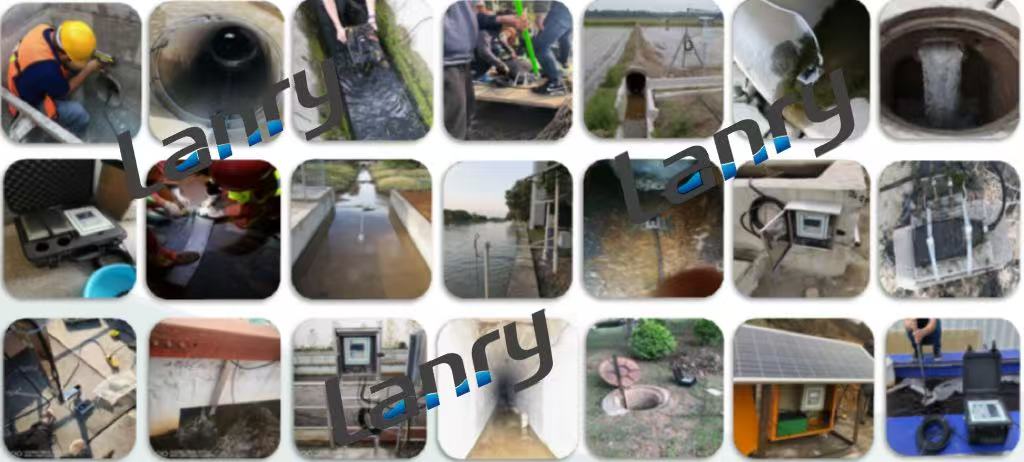When installing open - channel flow meters in pipelines, several important precautions need to be taken to ensure accurate and reliable flow measurement. These precautions cover aspects such as the installation location, the preparation of the pipeline, and the proper setup of the flow meter itself.
Installation Location
- Straight Pipeline Sections
The open - channel flow meter should be installed in a straight section of the pipeline. A minimum of 10 pipe diameters of straight - run upstream and 5 pipe diameters downstream of the flow meter is recommended. This is crucial as it allows the fluid to develop a stable and uniform flow profile. In a curved or disturbed flow section, the velocity distribution of the fluid is uneven, which can lead to inaccurate readings. For example, if the flow meter is installed too close to a bend in the pipeline, the centrifugal forces can cause the fluid to have higher velocities near the outer wall of the bend, and this non - uniform flow will be misinterpreted by the flow meter. - Avoidance of Disturbances
The installation site should be away from any sources of flow disturbances such as valves, pumps, and sudden changes in pipe diameter. Valves can create turbulence as they open and close, and pumps can introduce pulsations in the flow. Sudden changes in pipe diameter can also disrupt the flow pattern. For instance, a reducing or expanding section of the pipeline can cause the fluid to accelerate or decelerate abruptly, affecting the accuracy of the flow meter.
Pipeline Preparation
- Cleanliness
Before installing the open - channel flow meter, the pipeline must be thoroughly cleaned. Any debris, sediment, or foreign matter in the pipeline can interfere with the operation of the flow meter. Small particles can clog the sensors or affect the flow characteristics, leading to incorrect readings. For example, in a water pipeline that has been in use for a long time, there may be rust or scale deposits. These need to be removed by flushing the pipeline with clean water or using appropriate cleaning agents. - Leveling
The pipeline section where the flow meter is to be installed should be properly leveled. If the pipeline is sloped, it can cause the fluid to have an uneven depth across the cross - section of the open - channel, which in turn can affect the flow measurement. In a gravity - fed system, a sloped pipeline may lead to the formation of a free - surface flow with an inconsistent shape, making it difficult for the flow meter to accurately calculate the flow rate.
Flow Meter Setup
- Proper Alignment
The open - channel flow meter must be installed with precise alignment. The sensor elements of the flow meter should be correctly positioned relative to the flow direction. Incorrect alignment can cause the flow meter to measure a component of the flow velocity that is not representative of the actual flow rate. For example, if an ultrasonic open - channel flow meter's transducers are not aligned parallel to the flow, the measured time - of - flight of the ultrasonic waves will be inaccurate, resulting in wrong flow rate calculations. - Calibration
After installation, the open - channel flow meter needs to be calibrated. Calibration is essential to ensure that the flow meter provides accurate readings. The calibration process involves comparing the output of the flow meter with a known reference flow rate. This can be done using a calibration rig or by comparing the meter's readings with other reliable flow measurement devices. Without proper calibration, the flow meter may give readings that deviate significantly from the actual flow rate.
In conclusion, the installation of open - channel flow meters in pipelines requires careful attention to these precautions. By following these guidelines, operators can ensure that the flow meter functions optimally, providing accurate and reliable flow rate measurements, which are essential for various industrial and environmental applications such as water treatment plants, irrigation systems, and industrial process control.

Post time: Mar-17-2025

